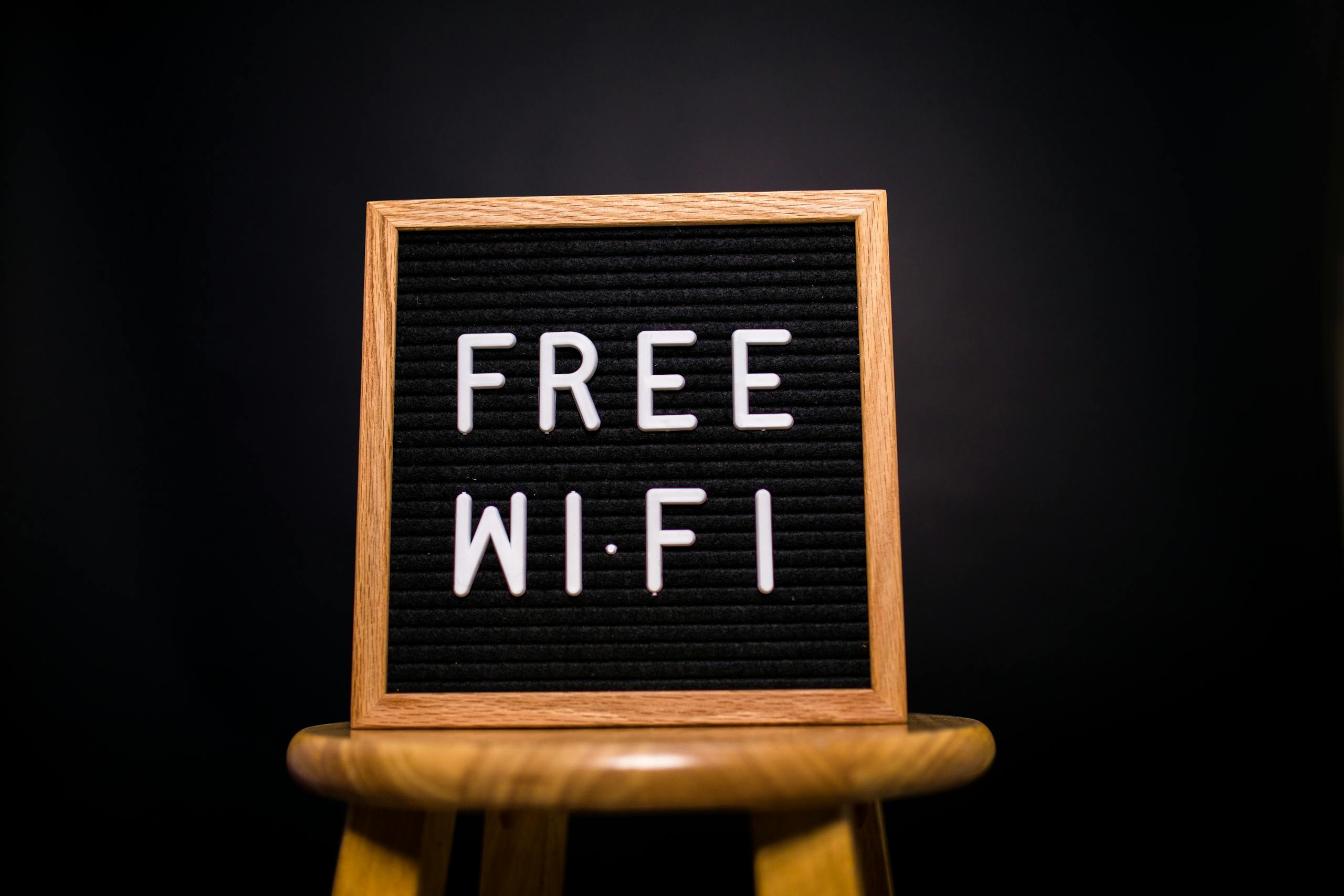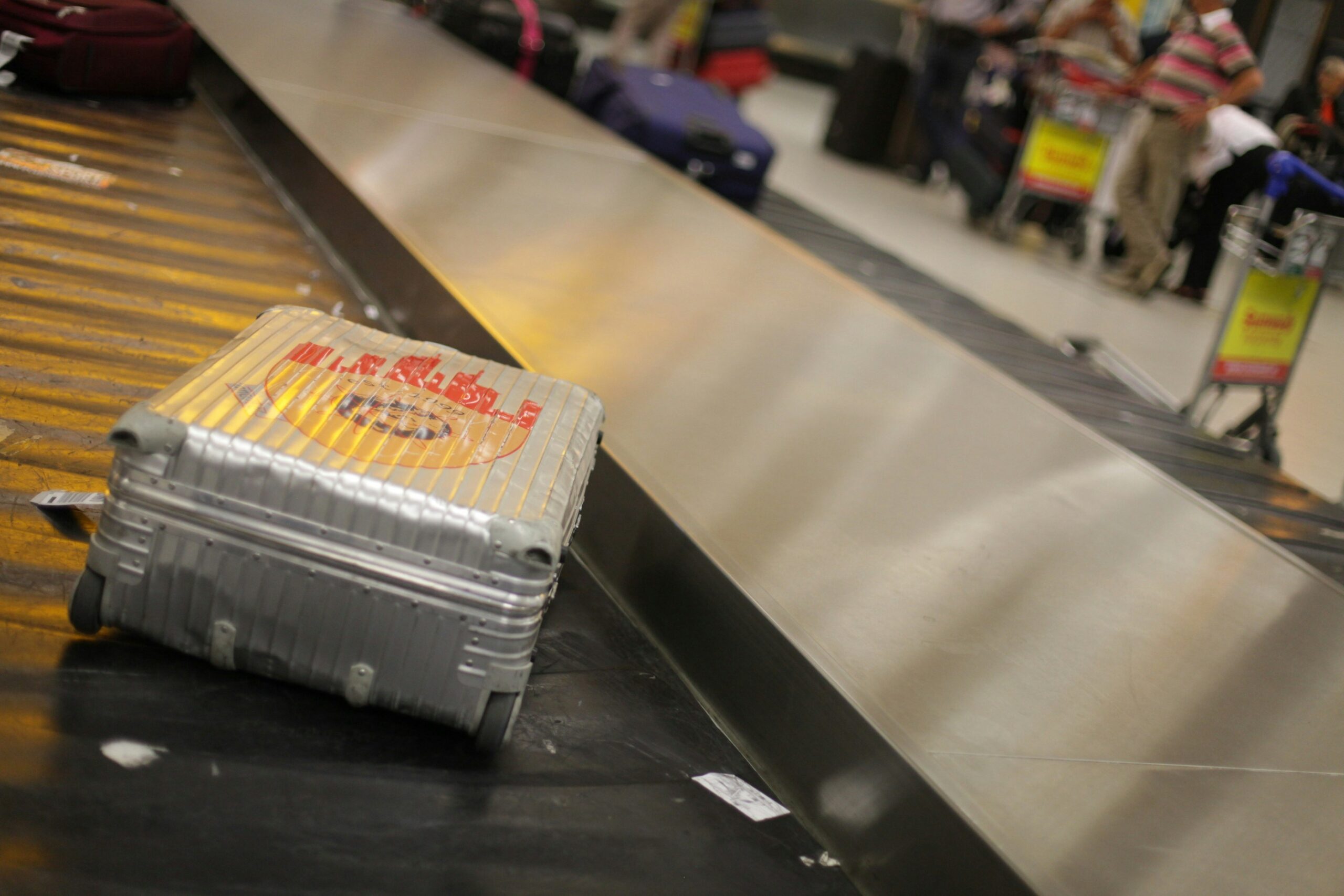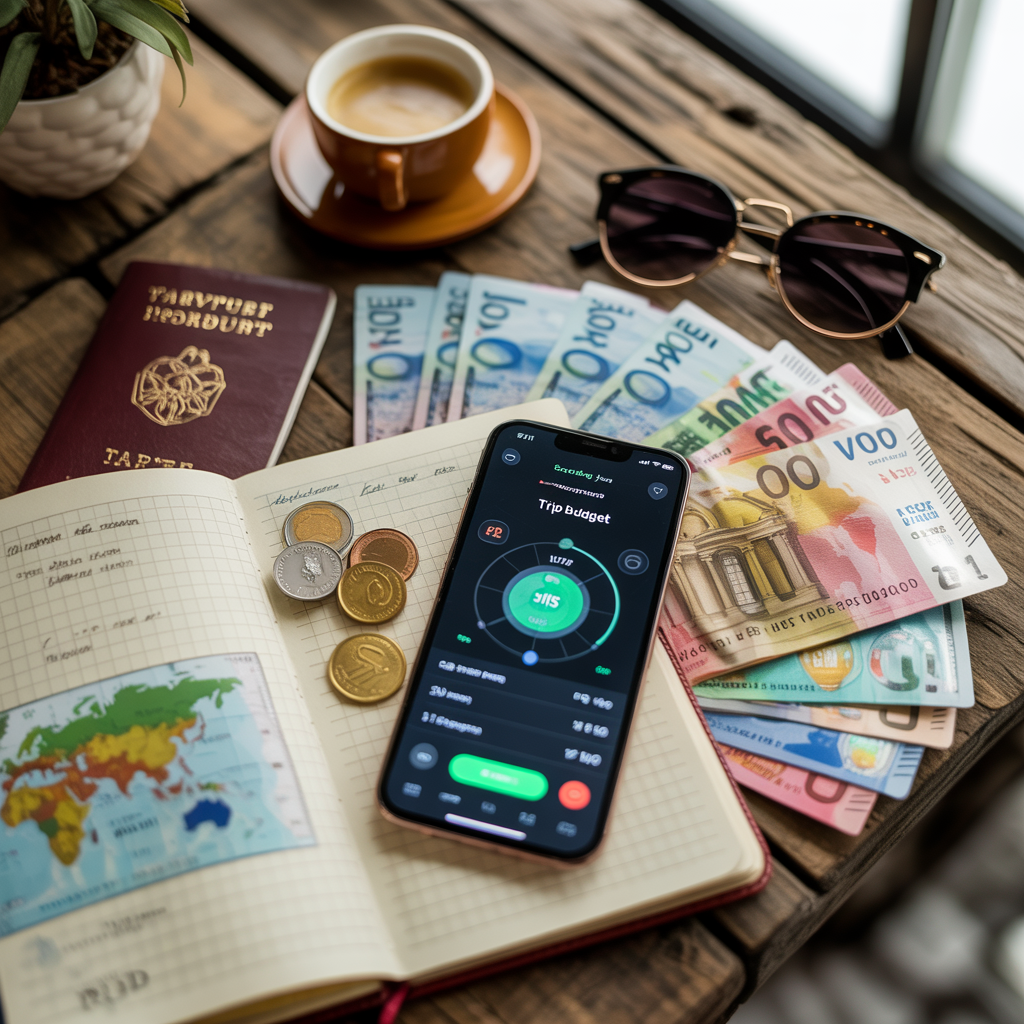The Ultimate Guide to Finding Reliable Wi-Fi Around the World
Whether you’re working remotely, streaming your favorite shows, or simply keeping in touch with friends and family, having access to a stable and reliable Wi-Fi connection is essential when traveling. However, finding reliable Wi-Fi around the world can sometimes be a challenge, especially in unfamiliar countries or remote locations. From varying internet speeds to intermittent service, staying connected can feel like a full-time job.
This guide is designed to help you navigate those challenges by providing practical tips, tools, and recommendations for securing a dependable Wi-Fi connection, no matter where your travels take you.
Why Reliable Wi-Fi Matters
For travelers, freelancers, and remote workers alike, finding reliable Wi-Fi around the world is crucial for productivity, communication, and entertainment. But it goes beyond convenience. Having a stable internet connection allows you to access important information, navigate foreign cities, and even manage finances. In some cases, it could also be a matter of safety, especially if you need to contact someone during an emergency or access vital information while on the go.
The demand for reliable internet is growing, yet the quality of Wi-Fi can vary greatly from one country to another. By taking a proactive approach and utilizing helpful tools, you can ensure that staying connected is one less worry during your travels.
Pre-Travel Preparation for Wi-Fi Access
1. Research Wi-Fi Availability in Your Destination
Before heading to a new destination, it’s wise to research the general quality of internet connectivity in that country or region. Some countries are known for offering exceptional public Wi-Fi, while others may have limited access, especially in rural areas.
Websites like Speedtest Global Index provide insights into average internet speeds by country. You can check the typical speeds for both mobile data and broadband to gauge what to expect in different destinations.
2. Invest in Portable Wi-Fi Devices
One of the best ways to ensure you’re always connected is by investing in a portable Wi-Fi device, also known as a mobile hotspot. These devices can connect to local mobile networks and provide a personal Wi-Fi signal for your devices. Some of the most popular portable Wi-Fi options include:
- Skyroam Solis: Offers unlimited data in over 130 countries with flexible plans.
- TP-Link M7350: A budget-friendly option that supports 4G LTE.
- GlocalMe G4 Pro: Includes pay-as-you-go data plans and operates in over 140 countries.
These devices are especially useful if you’re traveling to areas where public Wi-Fi is unreliable or nonexistent.
3. Download Wi-Fi Finder Apps
When you’re out and about in a foreign city, having an app that helps you locate nearby Wi-Fi hotspots can save you time and hassle. Apps like WiFi Map, Instabridge, and Wiffinity allow you to search for free Wi-Fi hotspots based on your location. They even provide crowdsourced information, such as password details and connection quality, ensuring that you connect to the best available networks.
- WiFi Map: Features millions of hotspots worldwide and includes user-reported passwords.
- Instabridge: Focuses on free, open networks and offers offline maps.
- Wiffinity: Prioritizes security and provides verified hotspots for travelers.
These apps are indispensable when you’re trying to find Wi-Fi quickly, especially in a city you’re unfamiliar with.
Best Locations to Find Reliable Wi-Fi
1. Cafes and Restaurants
Cafes and restaurants are some of the most popular spots for travelers seeking a reliable internet connection. Many establishments, especially in major cities, offer free Wi-Fi to attract digital nomads and remote workers. However, not all Wi-Fi is created equal, and the speed and stability can vary greatly.
Before settling into a café for a work session, use an app like Speedtest to check the connection speed. Many cafes limit bandwidth or prioritize customers using the connection for leisure, so it’s important to make sure the speed is sufficient for your needs.
Popular chains such as Starbucks, Costa Coffee, and Pret A Manger often provide consistent Wi-Fi across their locations, making them reliable go-tos when you’re in a pinch.
2. Co-Working Spaces
For those who need reliable Wi-Fi for extended work sessions, co-working spaces are an excellent option. These spaces are designed for remote workers and offer fast, secure connections. They often come with added benefits such as comfortable seating, meeting rooms, and even networking opportunities with other travelers and professionals.
Some of the top co-working spaces that provide excellent Wi-Fi include:
- WeWork: With locations in over 120 cities worldwide, WeWork is a trusted name for remote workers seeking a professional environment.
- Regus: Another global co-working provider, with offices in major cities around the world.
- Impact Hub: This network of co-working spaces focuses on creating a community of entrepreneurs and offers reliable Wi-Fi at all locations.
You can find co-working spaces through platforms like Coworker and Workfrom, which allow you to search for and book spaces in cities worldwide.
3. Libraries and Public Spaces
In many countries, libraries and public spaces such as parks or community centers offer free Wi-Fi. While the connection speed may not be as fast as in a co-working space or café, libraries often provide a quieter atmosphere, making them ideal for focused work or important video calls.
- National Libraries: Countries like South Korea, the UK, and Singapore are known for offering high-speed Wi-Fi in their public libraries.
- City Parks: Cities such as New York, Tokyo, and Barcelona offer public Wi-Fi in their parks, allowing you to enjoy nature while staying connected.
Keep in mind that public Wi-Fi networks tend to be less secure, so it’s essential to use a VPN (Virtual Private Network) to protect your data while accessing these networks.

Essential Tools and Apps for Securing a Stable Connection
1. Use a VPN for Security
When using public Wi-Fi, security should be a top priority. A VPN (Virtual Private Network) encrypts your internet traffic and keeps your data safe from hackers, especially on unsecured networks. Here are a few of the top VPNs for travelers:
- NordVPN: Known for its high security standards and easy-to-use interface.
- ExpressVPN: Offers fast speeds and a wide range of server locations.
- Surfshark: A more affordable option that still provides robust security.
These VPNs will keep your data safe while using public Wi-Fi and prevent any unwanted snooping on your online activity.
2. Wi-Fi Extender for Boosting Signal Strength
In some cases, the Wi-Fi signal in your hotel or accommodation may be weak, especially if your room is far from the router. A Wi-Fi extender can help amplify the signal, ensuring you get a stronger connection in areas with limited coverage. Devices like the NETGEAR WiFi Range Extender or the TP-Link AC1200 are portable and easy to set up, making them perfect for travel.
3. Offline Tools and Resources
There will be times when finding reliable Wi-Fi around the world isn’t possible, no matter how hard you try. In these cases, having offline tools can be a lifesaver. Apps like Google Maps and Pocket allow you to download maps, articles, and information for offline use, ensuring that you can still access important data even when the internet isn’t available.
For example, you can download a city map via Google Maps before heading out on a day trip, or save work-related articles in Pocket to read during a flight or in a remote location.
Countries with the Best and Worst Wi-Fi Access
Best Wi-Fi Access:
- South Korea: Known for having the fastest and most reliable internet in the world, South Korea offers widespread Wi-Fi access in cafes, public spaces, and even on public transportation.
- Estonia: This small European nation is a digital powerhouse, providing free public Wi-Fi across most of the country.
- Japan: Japan boasts excellent Wi-Fi infrastructure, with fast connections available in most urban areas and many rural locations.
Countries with Limited Wi-Fi Access:
- Cuba: Wi-Fi in Cuba is heavily regulated, and access is limited to designated hotspots that require purchasing a prepaid card.
- Ethiopia: Internet access in Ethiopia can be slow and unreliable, especially outside major cities.
- India (rural areas): While urban centers like Delhi and Mumbai have reliable Wi-Fi, rural areas of India can be challenging for staying connected.
Understanding the Wi-Fi landscape of your destination can help you plan ahead and choose the right tools for staying connected.
Staying Connected, No Matter Where You Are
Whether you’re working on a beach in Bali, navigating the streets of Tokyo, or exploring rural villages in Eastern Europe, finding reliable Wi-Fi around the world is essential for keeping up with work, staying in touch with loved ones, and enjoying a seamless travel experience. With the right tools, apps, and strategies in place, you can ensure that you remain connected no matter where your adventures take you.
From portable Wi-Fi devices to co-working spaces, the options for securing a stable connection are numerous. By planning ahead and investing in the right technology, you’ll have one less thing to worry about while you explore the world.













